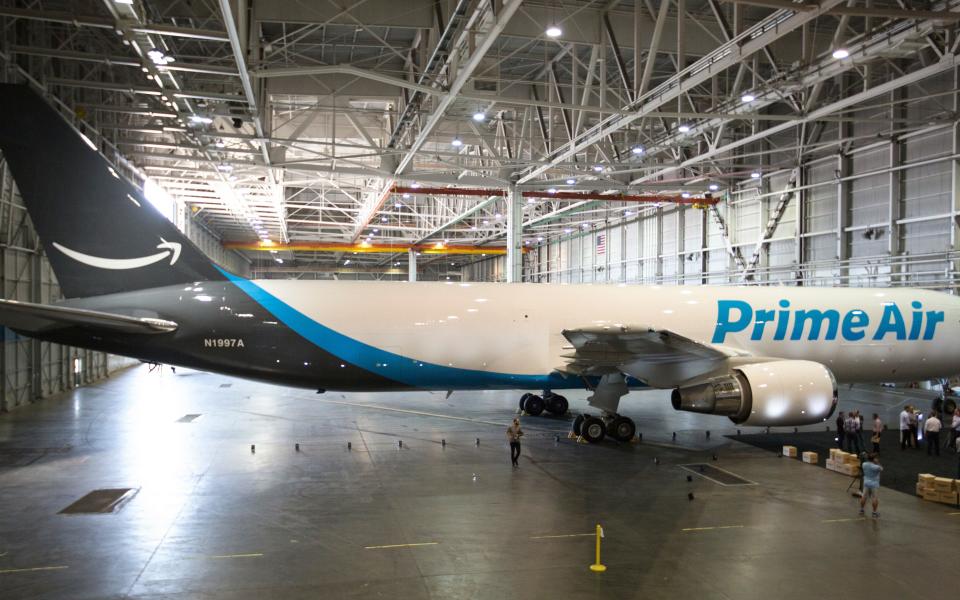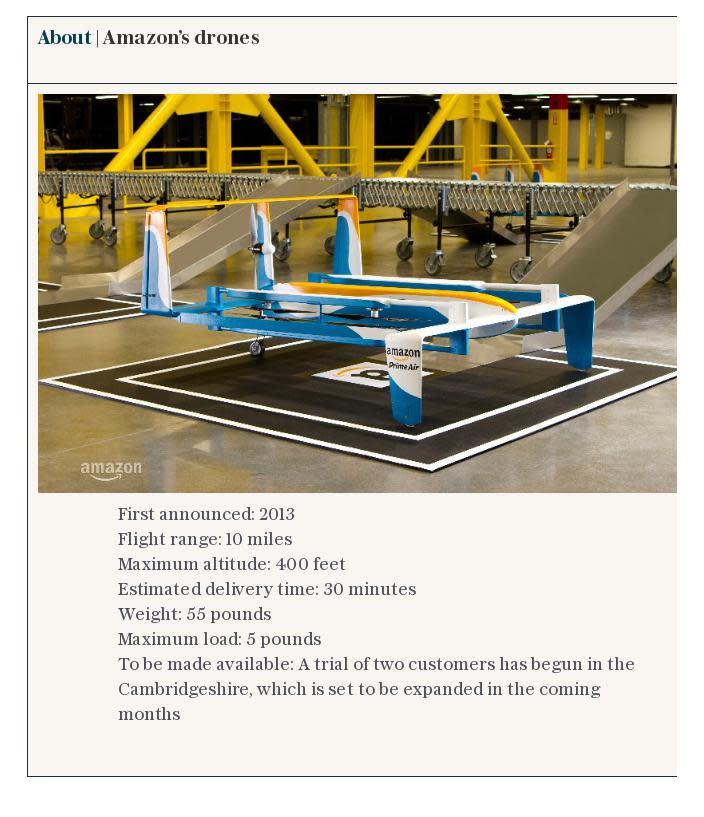Amazon buys Whole Foods: The next step for its all-conquering delivery empire

Amazon’s swoop on Whole Foods may seem like a step backwards for a company whose success has come from the seismic boom in online shopping over the last two decades, but the company’s dominance has always depended on a heavy physical footprint.
The company has made huge investments in the logistics chain that springs into action with a customer clicking a buy button on Amazon’s website and ends with a parcel landing on their doorstep, even if customers remain blissfully unaware.
When an order is placed, it goes through to one of Amazon’s cavernous “fulfilment centres” – the company has more than a dozen in the UK alone. Robotic or human “pickers”, whose routes around the warehouses are created by machine learning algorithms, take the item from one of thousands on shelves, before it is packed and shipped.
Amazon has also been increasingly relying on its own transport services. It unveiled its first of 40 Boeing “Prime Air” cargo planes last year, and has been leaning less on FedEx, UPS and Royal Mail to deliver its parcels to homes, preferring its own service.

Amazon’s warehouses are based outside big cities. This has worked as long as the company has not had to deliver anything in less than a day, but in recent years it has been promising ever-faster orders. Amazon Prime subscribers in some cities can buy items that will arrive in an hour or less, with packages dispatched from inner-city centres on mopeds.
Beefing up Amazon’s urban presence in major cities is now a huge priority for the company as it seeks to expand one-hour deliveries, a service it believes can make Amazon more convenient than visiting a local high street, further squeezing the more than 80pc of shopping still done offline. The company is also developing autonomous aerial drones, designed to carry small packages and drop them off in customers’ gardens.
Amazon promises that drone deliveries will be even quicker than those made on mopeds – the first took 13 minutes – but the drones are limited by their batteries, which give them a flight range of 10 miles. A full-scale drone delivery programme would require a series of physical locations from which to dispatch them.

The Whole Foods stores have a fragmented footprint, potentially giving a fleet of drones dispatched from them maximum coverage. “There could be reasonable shipping to home logistics opportunities here,” said Mark Mahaney, an analyst at RBC Capital Markets.
Amazon may see buying Whole Foods as less of a move into physical retail itself than a springboard that consolidates its grip on online shopping.

 Yahoo Finance
Yahoo Finance 